-

XR rebellion
© FordSporting Ford RS models have made car enthusiasts swoon for decades. But what about the models that sit below them? For years, Ford had given them a multitude of names, without settling on just one. In 1980, though, unity was achieved, witih headline-grabbing results.
This is the story of the Ford XR. Click or scroll our gallery to journey through why Ford XR was so big in the 1980s.
-
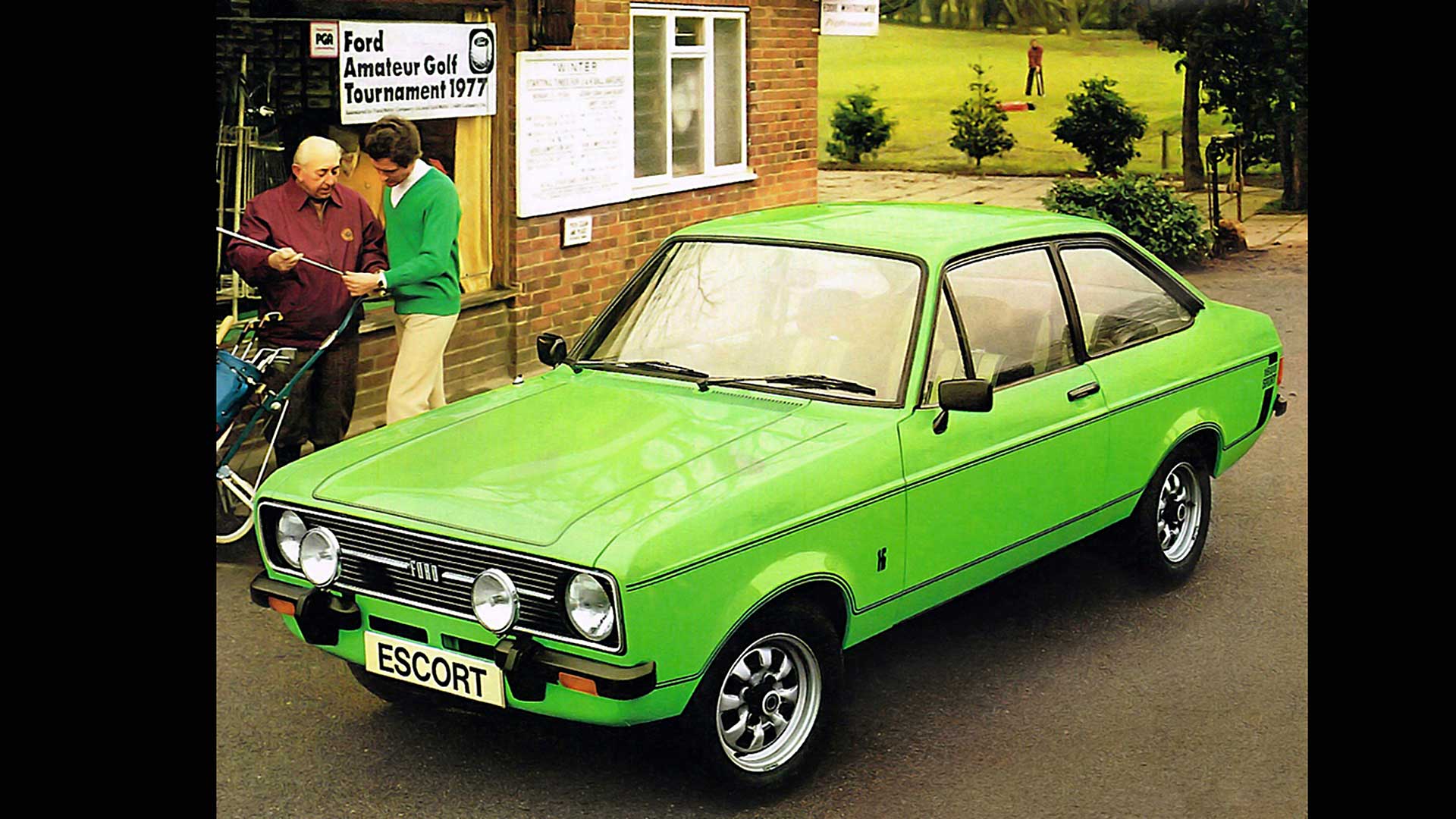
What went before
© FordThere were sporting Fords before the XR brand. As with the vividly-coloured Mk2 Escort pictured above, some were simply called ‘Sport’. There were also Escort Mexicos and the Fiesta Supersport, but no single name that defined everyday fast Fords as RS did for the exotica. That was, until someone within Ford had an idea…
-
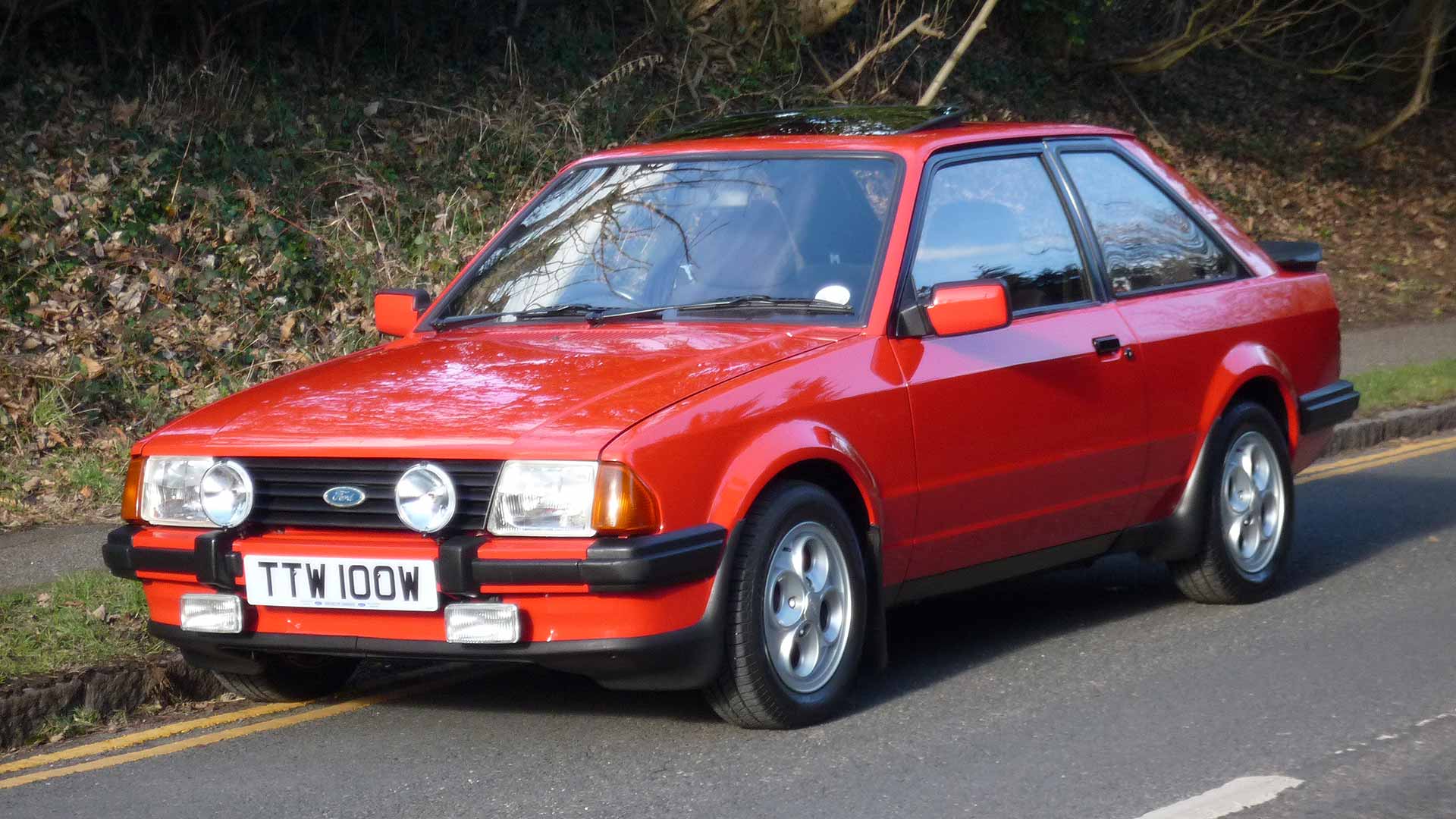
1980 Ford Escort XR3
© FordIn 1980, a brand new Mk3 front-wheel-drive Escort arrived – as did an all-new sporting version, the famous Escort XR3. It only boasted 96hp, but with its cloverleaf alloy wheels, Sunburst Red paint, front foglights and large rear spoiler, it looked the part from the outset. An icon was born.
-
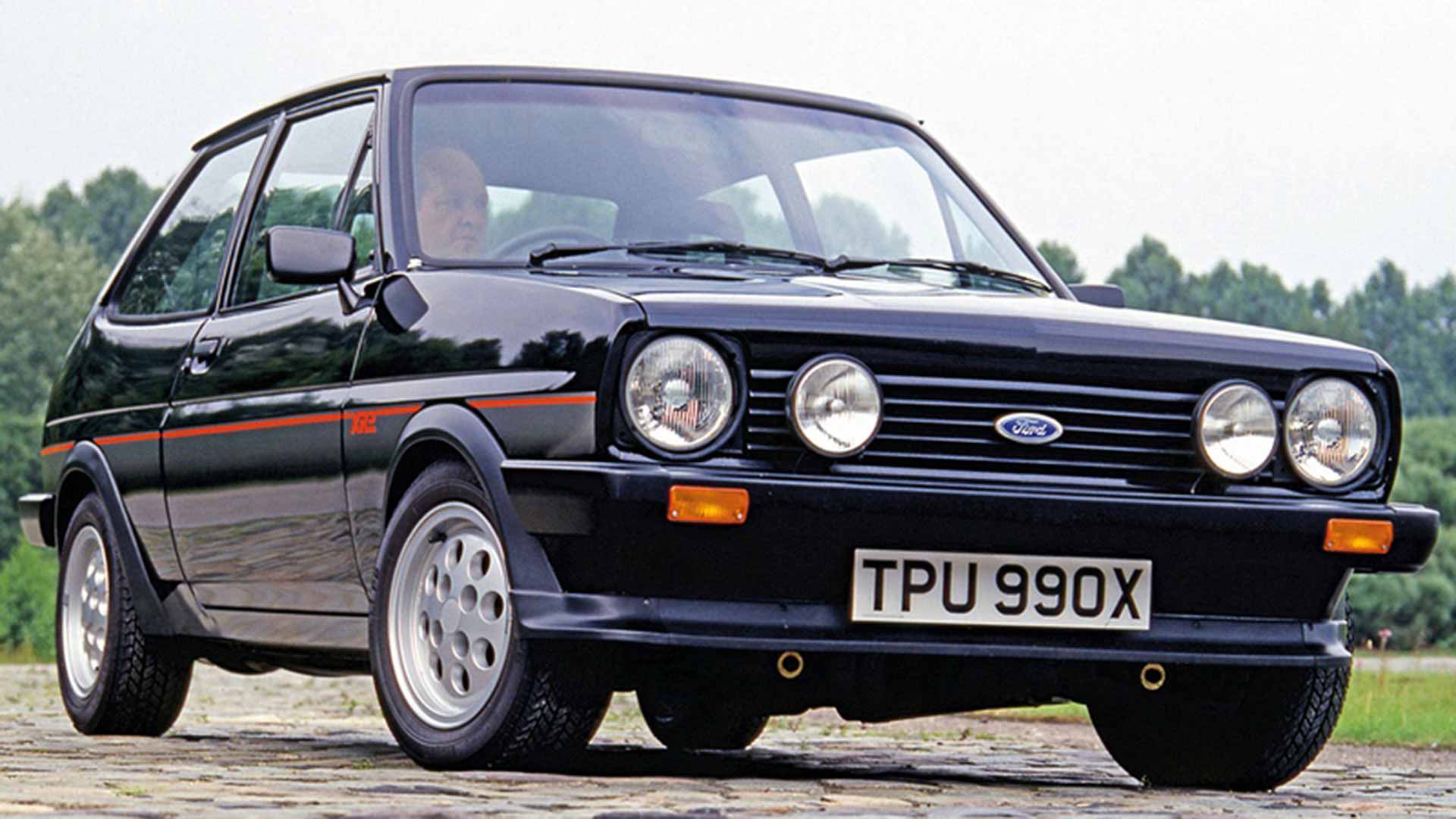
1981 Ford Fiesta XR2
© FordFord quickly followed it up; the unassuming Fiesta Supersport became the far more assertive Fiesta XR2. Masterminded by the same crack Special Vehicle Engineering (SVE) team at Ford’s British engineering HQ, the 84hp 1.6-litre Fiesta was good for 0-62mph in 9.3 seconds. Tasty stuff for 1981.
-
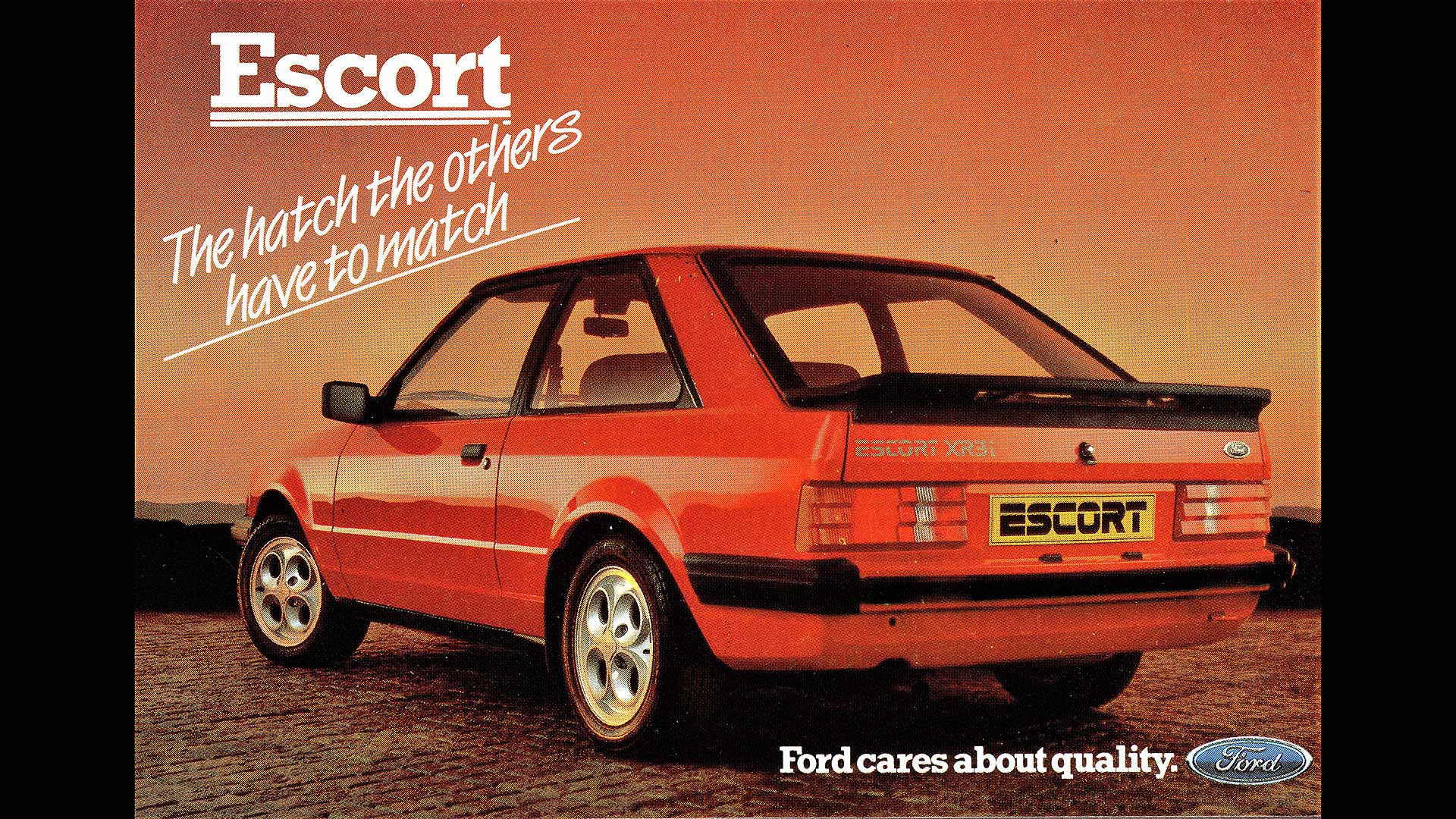
1982 Ford Escort XR3i
© FordJust two years after launch, Ford honed the XR3: enter the XR3i. As its name suggests, the 1.6-litre CVH engine was now fuel-injected, meaning 104hp and 0-62mph in 9.6 seconds. By now, the hot Escort had a five-speed gearbox, while Ford also tweaked the suspension to improve handling and lowered the ride height for a sportier stance.
-
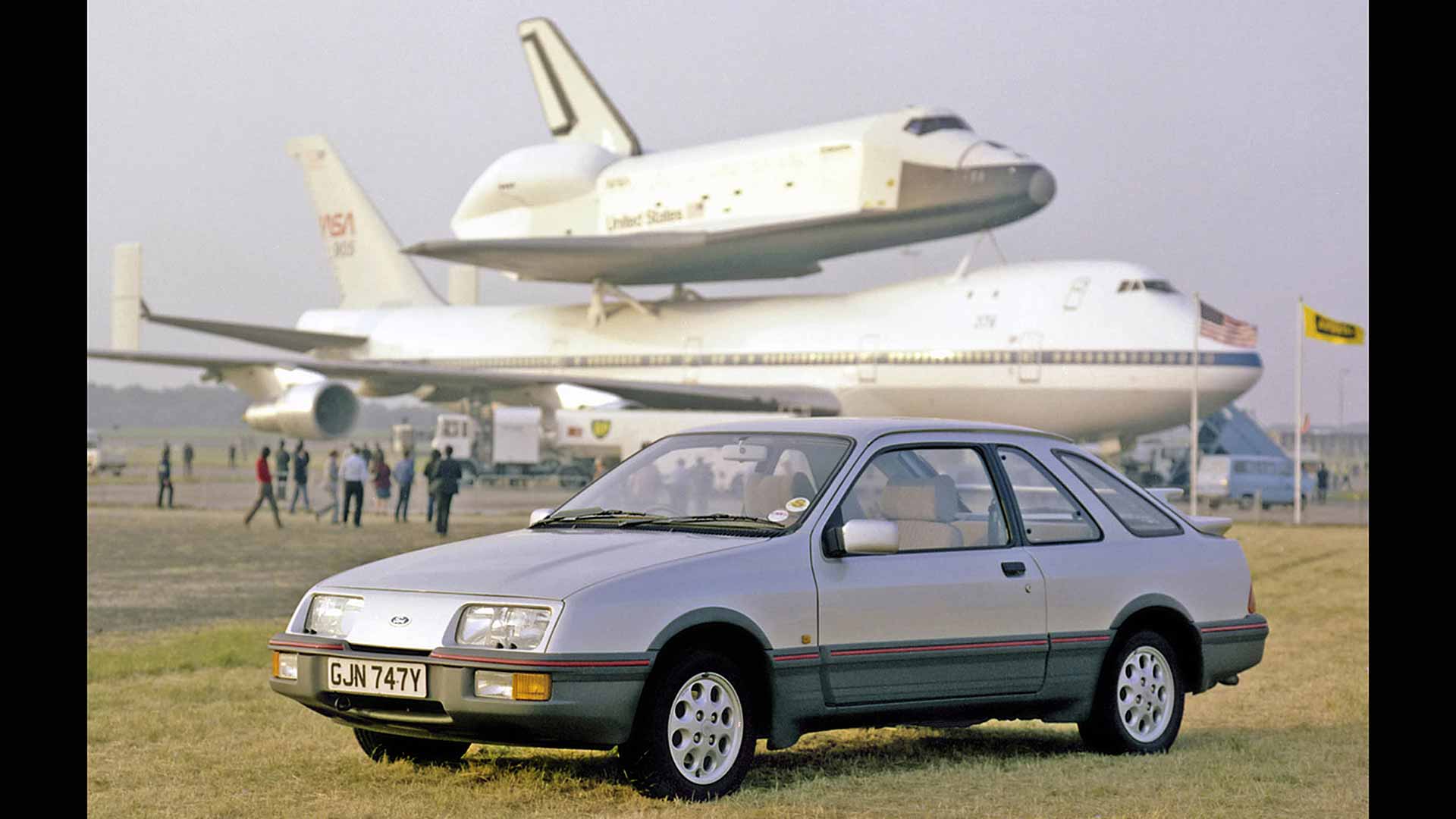
1983 Ford Sierra XR4i
© FordThe 1983 Sierra XR4i took the car’s controversial looks to the extreme. The glassy three-door bodystyle was given a sporting makeover that included a head-turning bi-plane rear spoiler. The suspension was tuned up, and the famous pepperpot alloy wheels first seen on the Fiesta XR2 made a fresh appearance. Powering the Sierra XR4i was the same 2.8-litre V6 engine fitted to the Ford Capri 2.8i, for 0-62mph in around 8.5 seconds.
-
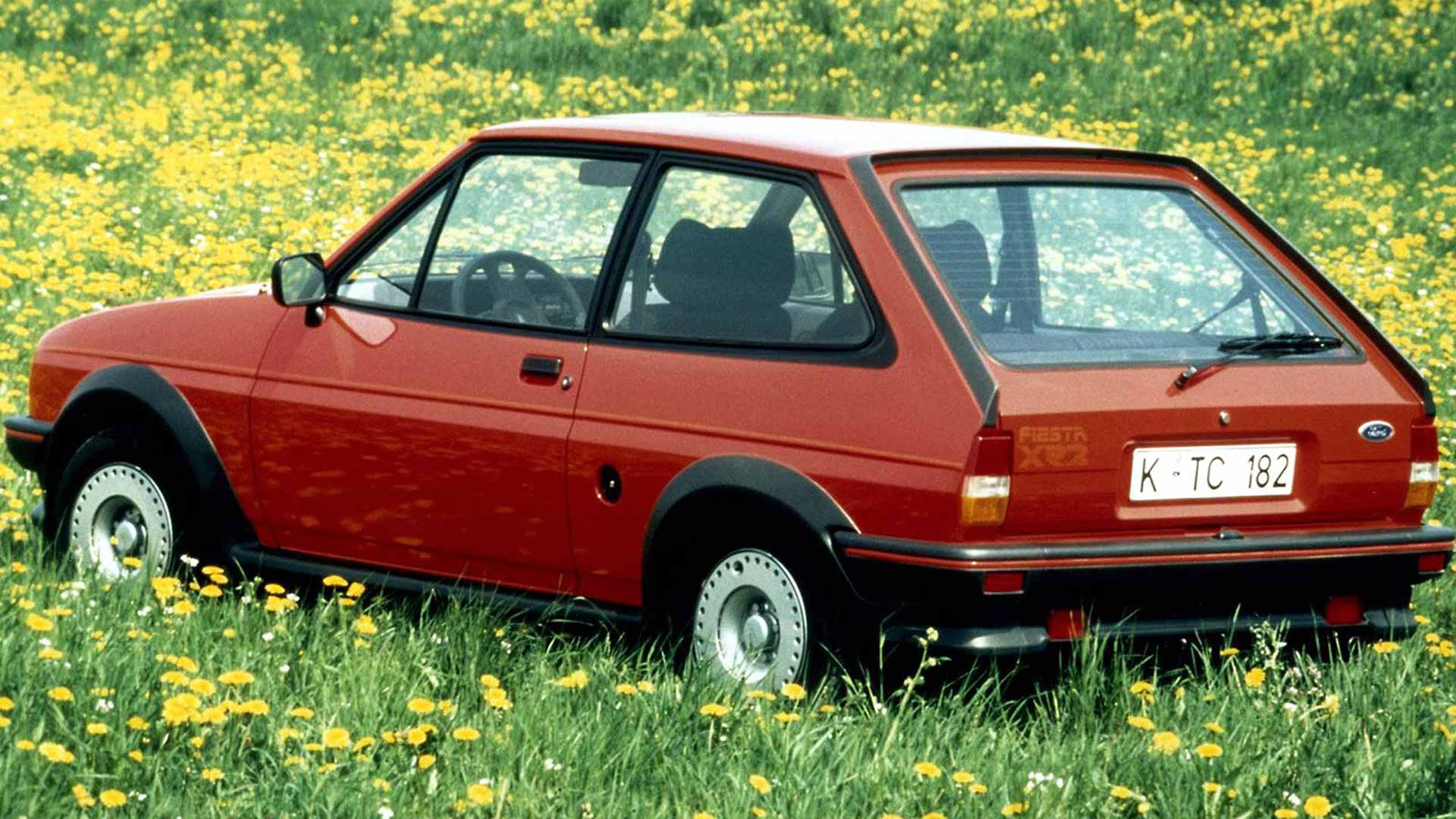
1984 Ford Fiesta XR2
© FordThe second-generation Fiesta XR2 was a more sophisticated development of the original. It now used the same engine as the Escort XR3, producing 94hp in non-injected guise. With black wheelarch extensions and a wraparound rear window spoiler, it looked fantastic. This was backed up by lowered, stiffened suspension, along with front and rear anti-roll bars, wider tyres and bigger brakes. It would go on to sell tremendously well throughout the 1980s.
-
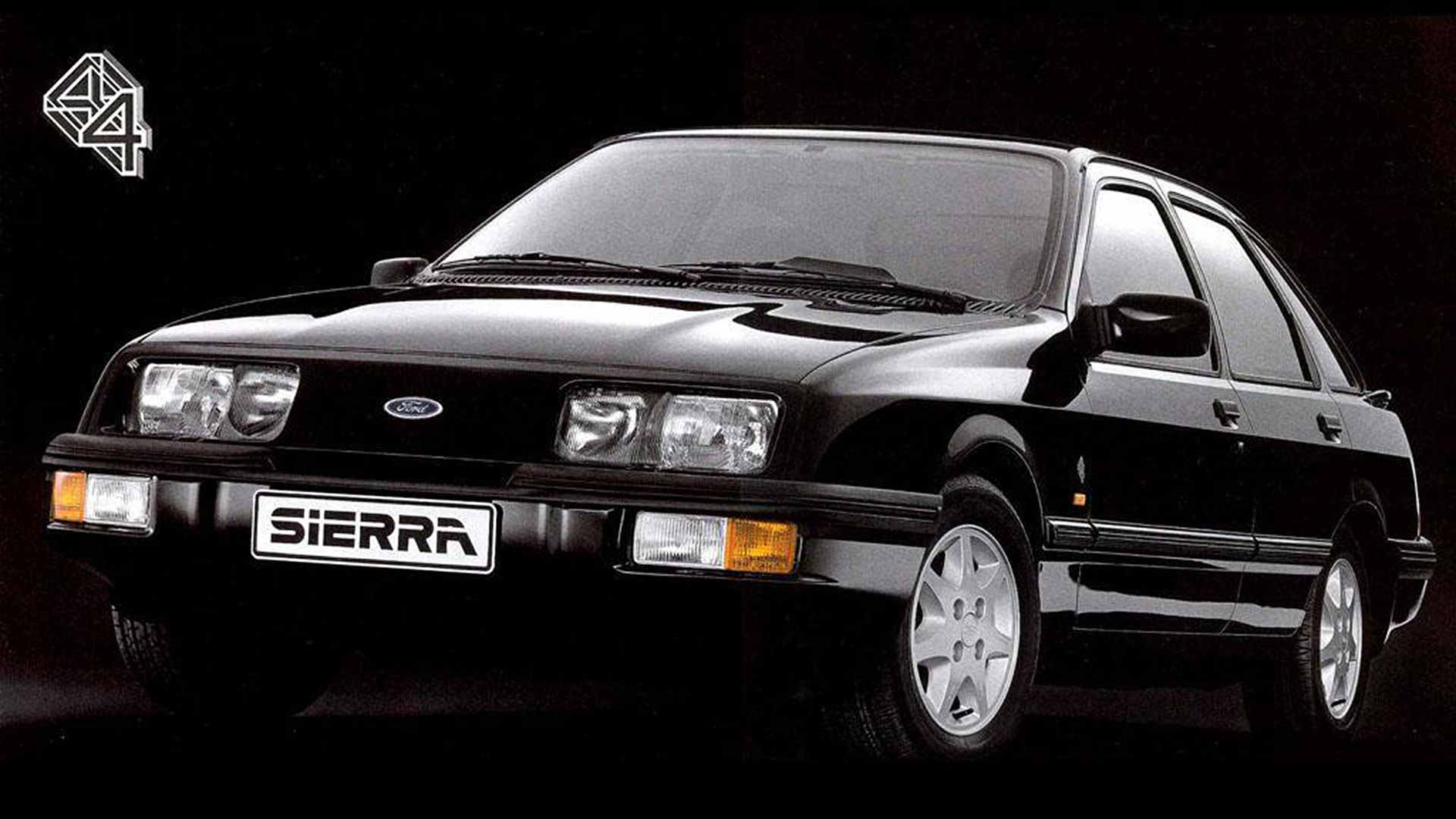
1985 Ford Sierra XR4x4
© FordBy 1985, Ford had abandoned the three-door Sierra bodyshell. The XR4i was thus replaced by a sophisticated new five-door range-topper: the XR4x4. This executive express used a rally-developed four-wheel-drive system, in combination with a 150hp 2.8-litre V6 engine. This running gear would later evolve further, into the Sierra RS Cosworth – but that’s another story entirely…
-
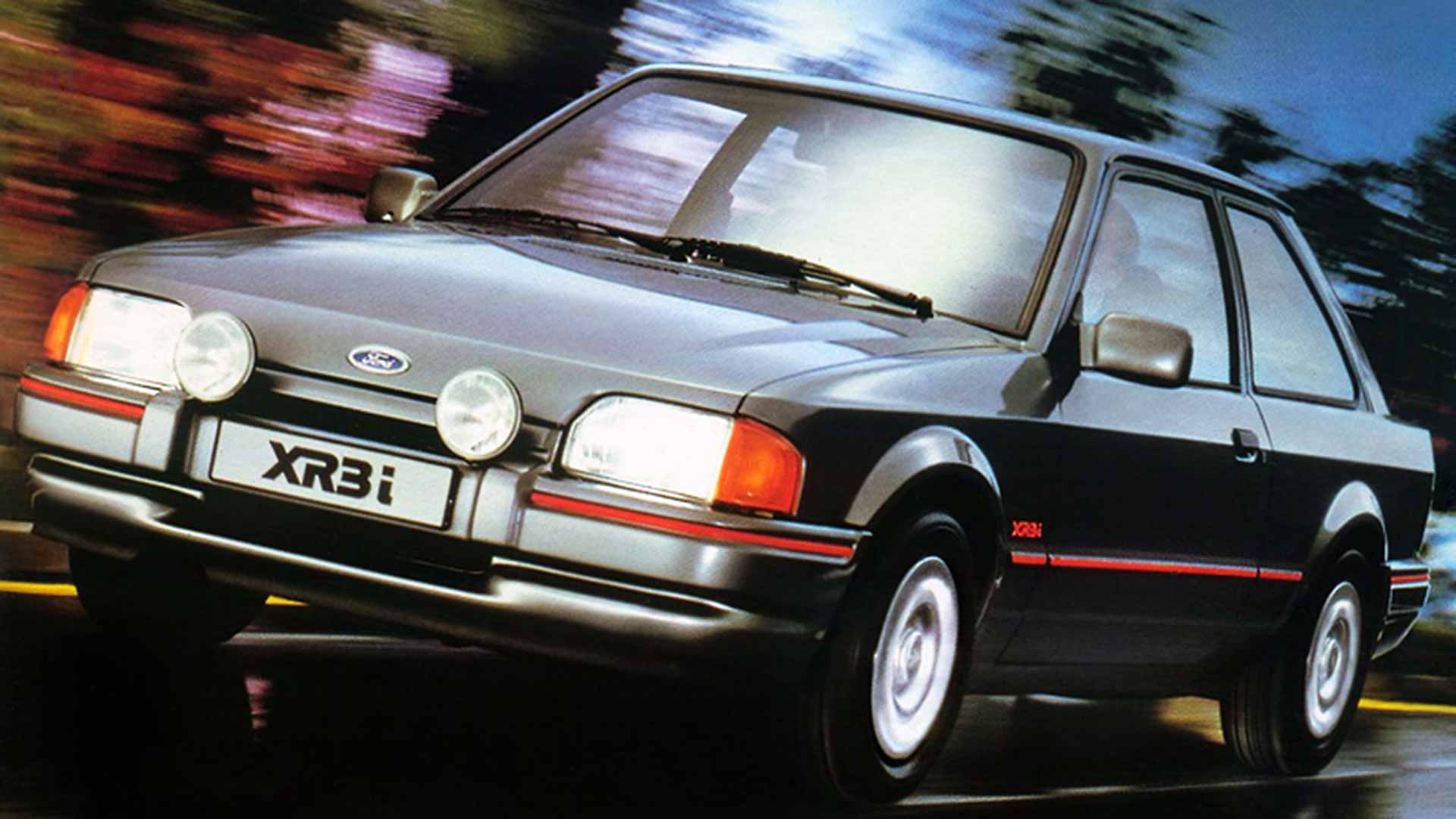
1986 Ford Escort XR3i
© FordThe Ford Escort was facelifted in 1986. It was comprehensive enough for the range to be termed Mk4, although things were largely the same beneath the surface. The XR3i gained a swoopy, sophisticated new look and an upmarket all-new interior, albeit no more power. A basic form of anti-lock braking was available as an option.
-
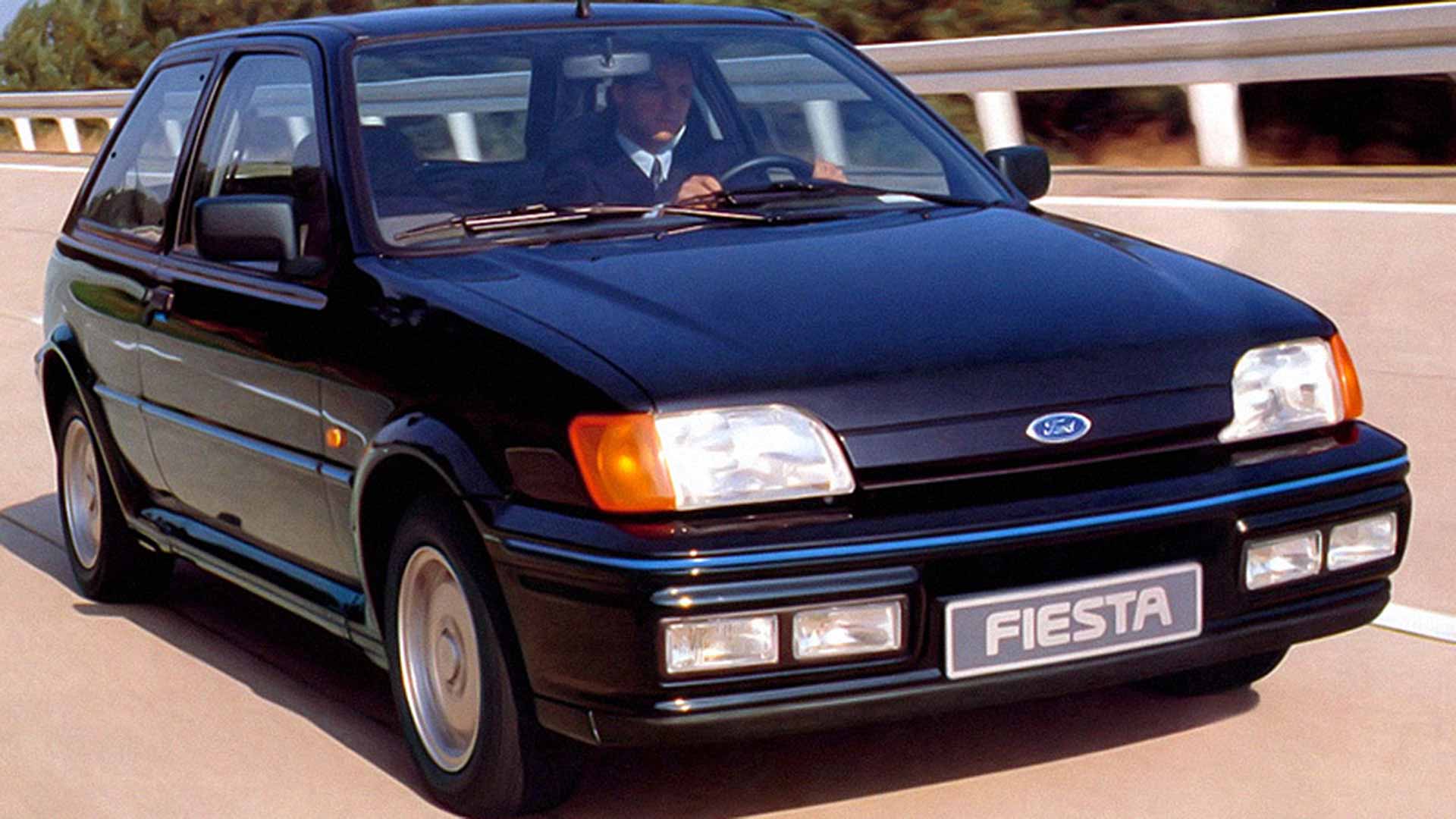
1989 Ford Fiesta XR2i
© FordThe 1989 Fiesta XR2i marked a step up in sophistication for Ford’s sporty little hot hatchback. As the ‘i’ indicated, it used a fuel-injected 1.6-litre CVH engine, which produced nearly 110hp. It could sprint to 60mph in less than 10 seconds, although adding a catalytic converter did slow it down slightly. The only thing it lacked was power steering, so it gave drivers a workout behind the wheel.
-
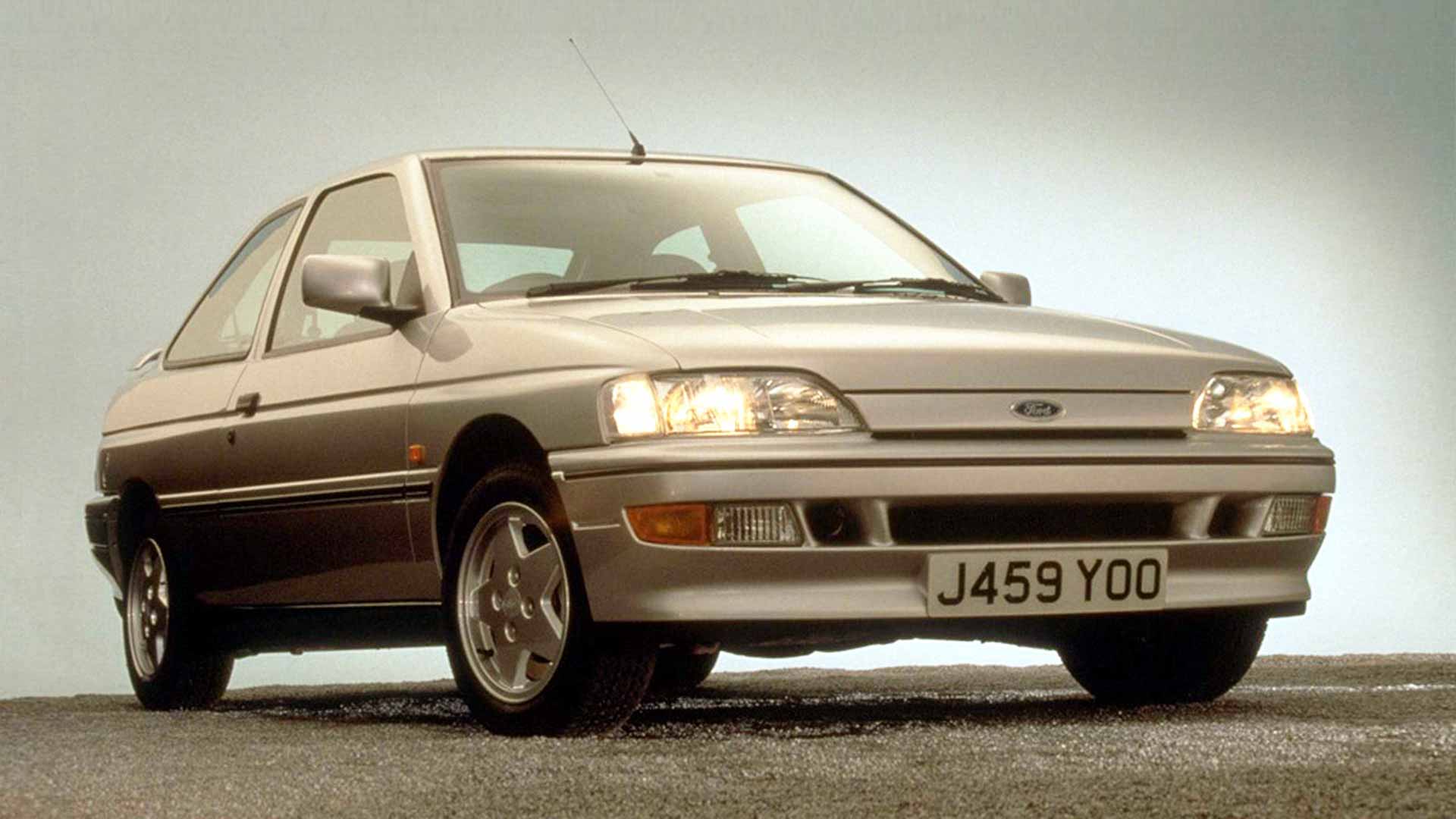
1992 Ford Escort XR3i
© FordThe Mk5 Escort was a real flop when it was launched in 1990. Ford had to scurry back to the drawing board and rush out a series of improvements – from which the 1992 Escort XR3i benefited enormously. The centrepiece was a new 1.8-litre engine, called Zeta, which produced up to 130hp. Handling was crisp and enjoyable, too – although Ford had to tone down the styling to help combat rocketing car thefts and subsequently spiralling car insurance bills.
As we’ll see, this would ultimately prove costly to the Ford XR brand itself.
-
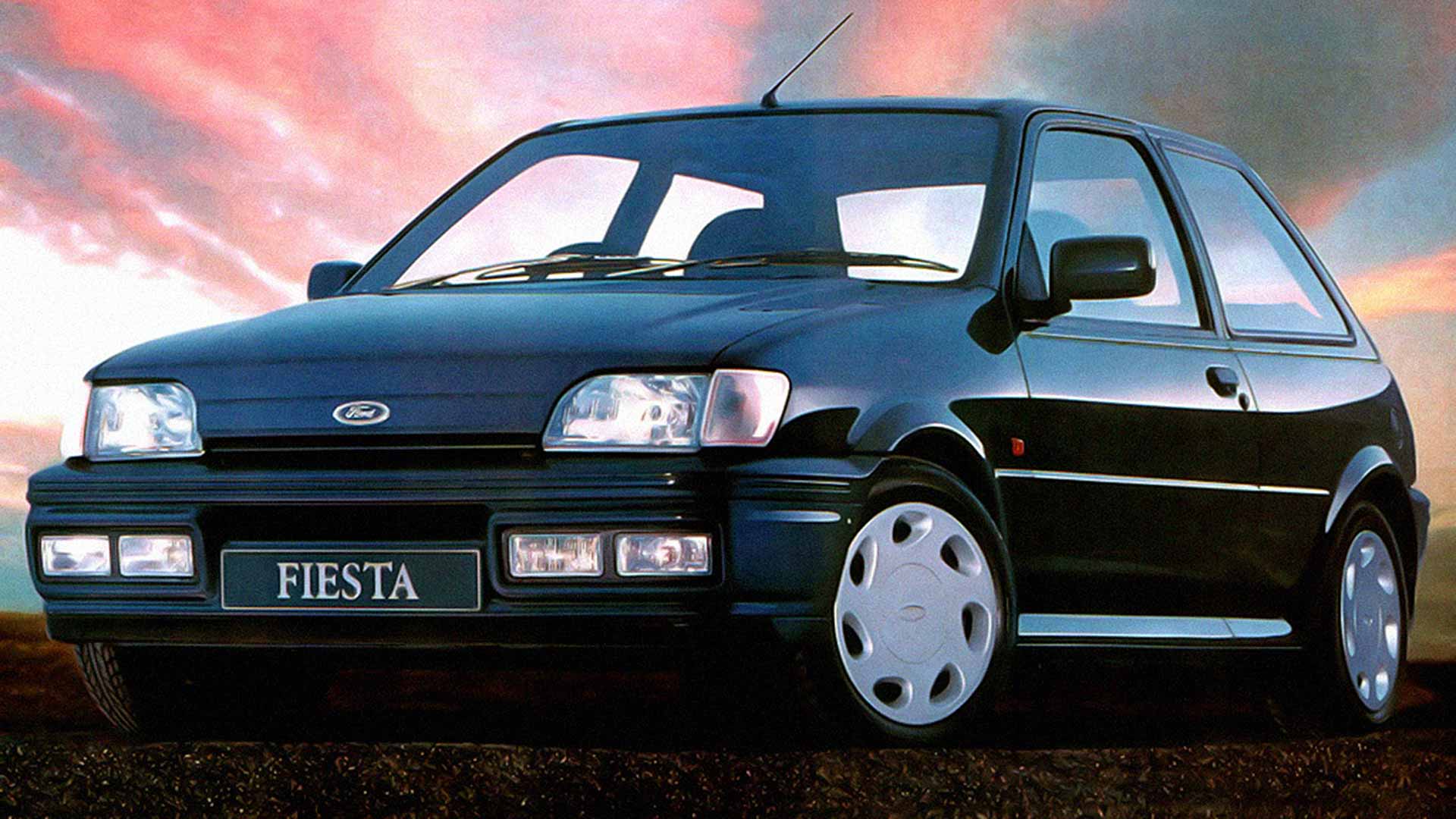
1992 Ford Fiesta XR2i
© FordFord also fitted the smooth new Zeta engine to the Fiesta, further improving the car’s appeal. Suspension remained stiff and sporty, but a glowing 130hp made it more relevant than ever. What a pity that, just as the Fiesta XR was reaching new levels of performance, the insurance question became insurmountable.
-
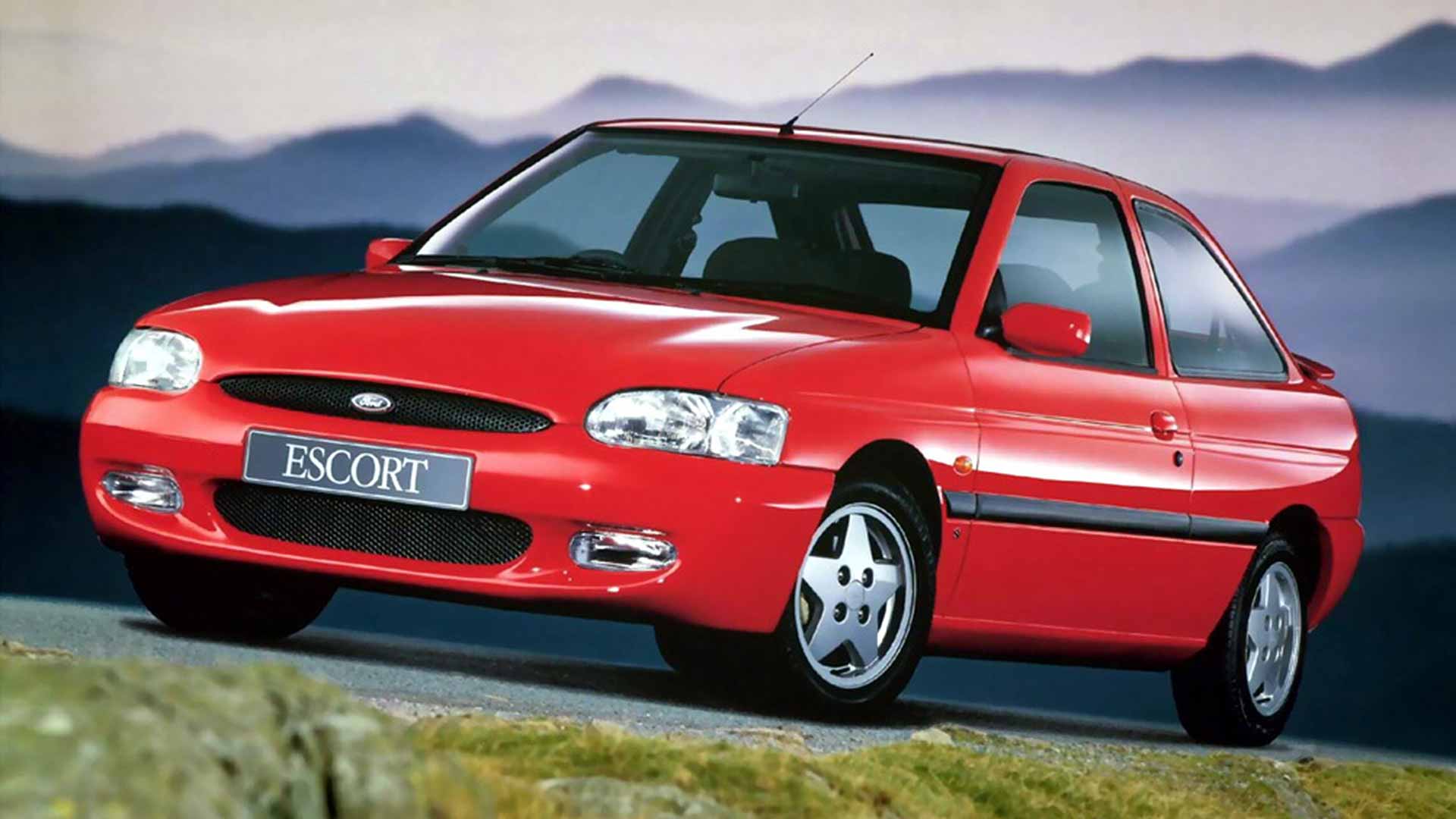
The decline of XR
© FordIt was car thieves that ruined the XR party. The models were becoming almost uninsurable, and Ford had no choice but to phase out the XR brand entirely. Its sporting models would now wear nondescript badges such as Si. Just like perms, leather ties and shoulder pads, the XR’s 1980s exuberance had no place in the 1990s. XR was no more.
-
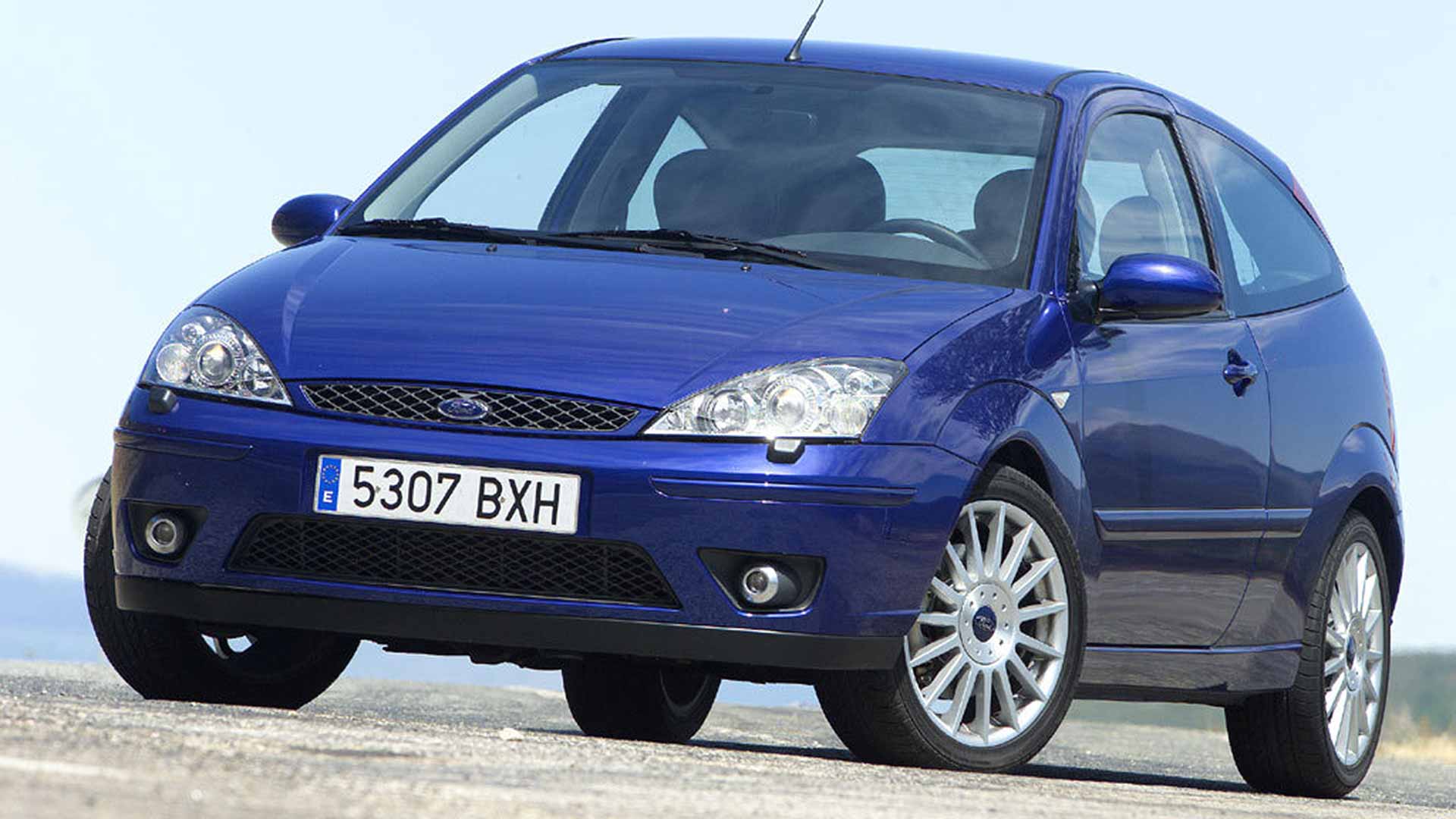
ST: the new XR
© FordBy the early 2000s, things had changed. Car thieves no longer ruled the roost, thanks to modern levels of car security. Buyers were also demanding sportier and more charismatic versions of everyday models. Ford needed a new sporty sub-brand and decided on ST, which stands for ‘Sports Technology’. After a hesitant start with the Focus ST170 pictured here, the firm hasn’t looked back.
Luckily, neither car thieves nor insurance companies show any signs of spoiling this party yet. Let’s hope it remains that way.
-
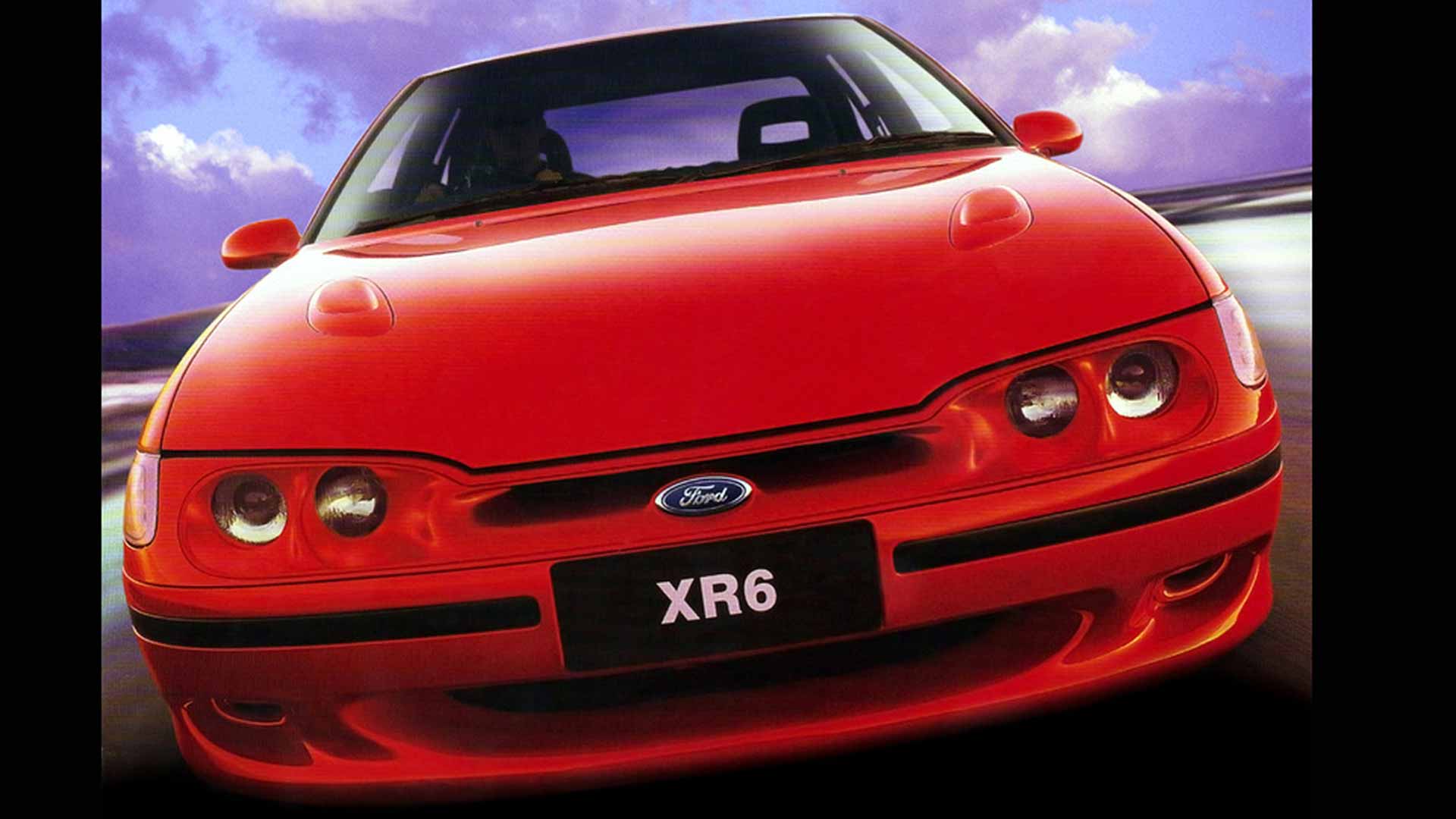
1996 Ford Falcon XR6
© FordAlthough the XR brand faded from the UK in the 1990s, it remained surprisingly alive and well Down Under. Well, maybe not so surprisingly: the first XR-branded car was actually Australian, not British, and the 1996 Falcon XR6 was simply the latest in a long line.
-
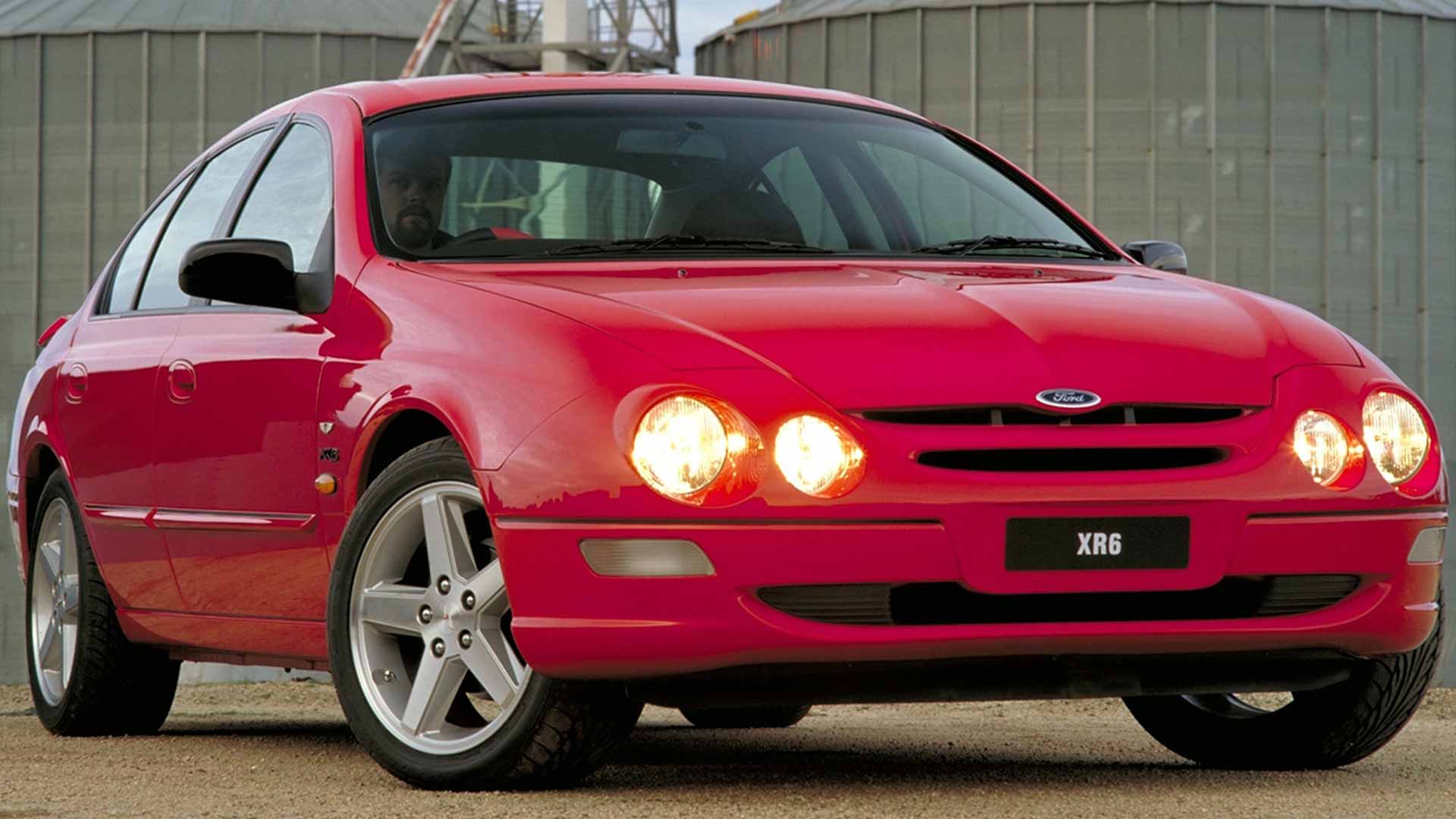
1998 Ford Falcon XR6
© FordAn all-new Falcon XR6 arrived in 1998. Compared to the British XRs’ 1.6-litre engines, this was on another level entirely, with a 4.0-litre six-cylinder engine and rear-wheel drive platform. You could even get a Falcon XR6 Turbo.
-
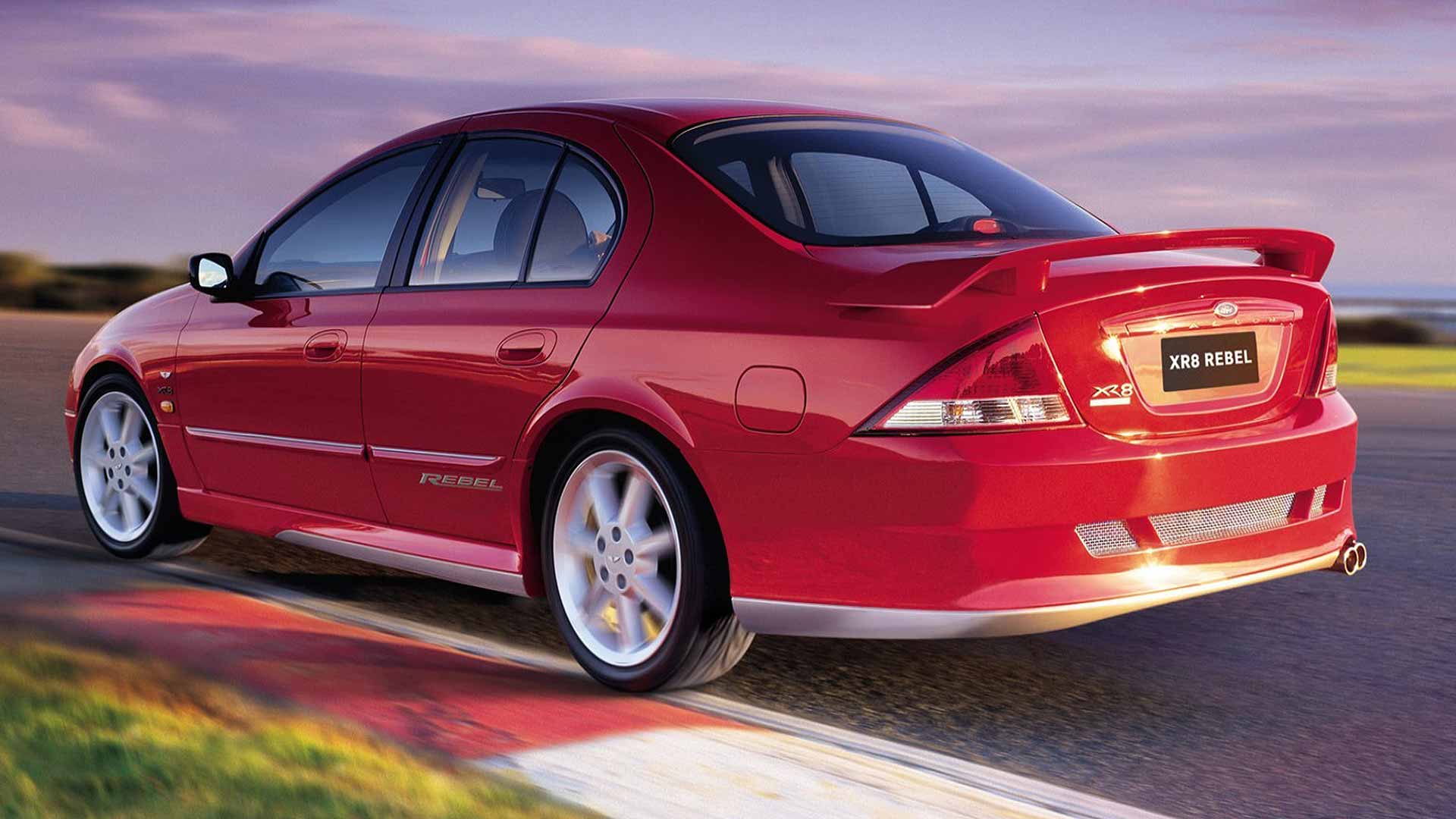
2001 Ford Falcon XR8
© FordFord went a step further in 2001 with the Falcon XR8. This used a whopping 5.4-litre V8, producing almost 400hp.
-
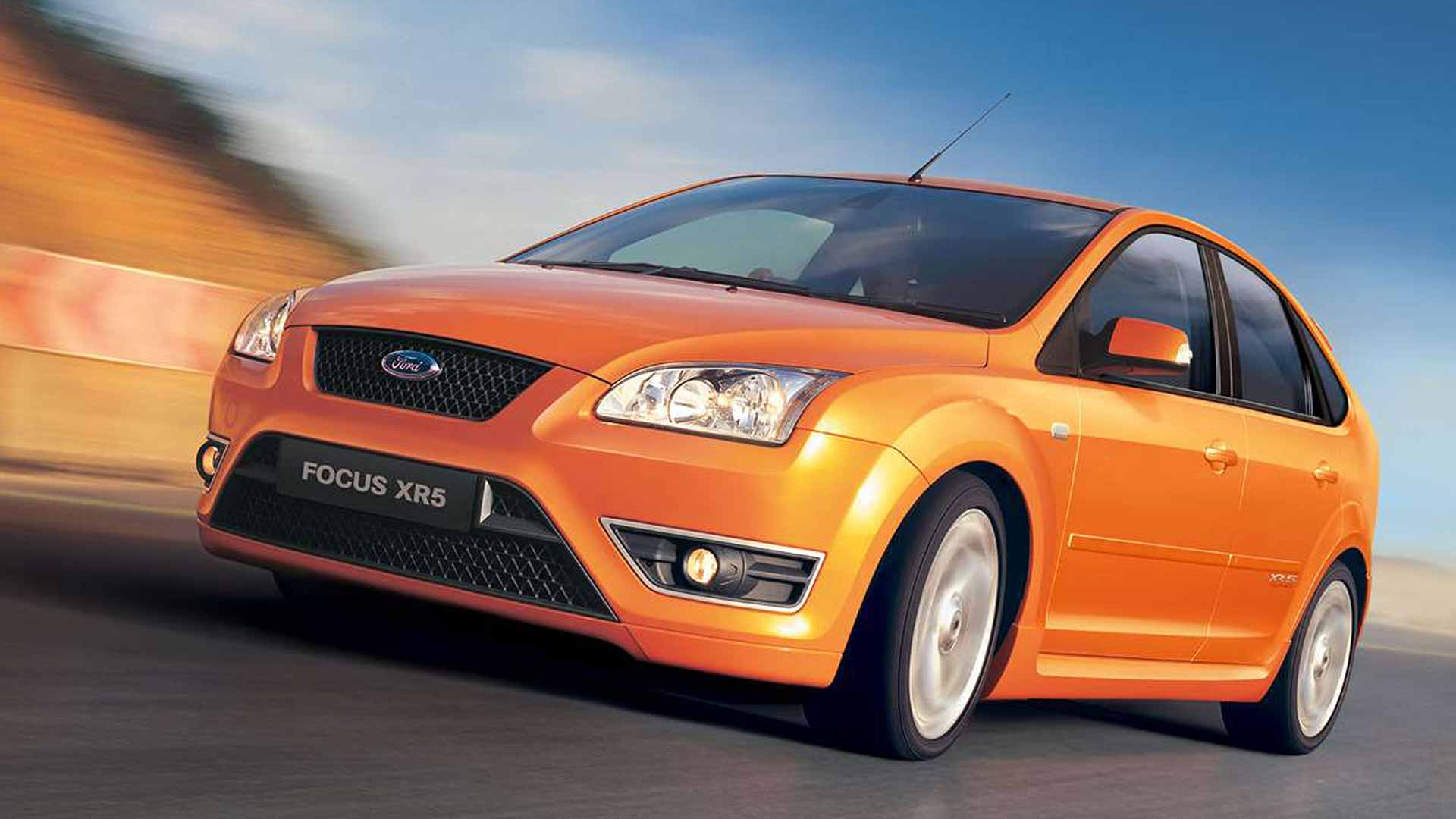
2005 Ford Falcon XR5
© FordEven the second-generation Ford Focus ST, the one with the 2.5-litre five-cylinder turbo engine, gained XR badges for its entry into the Australian market. Fittingly, it was called XR5.
-
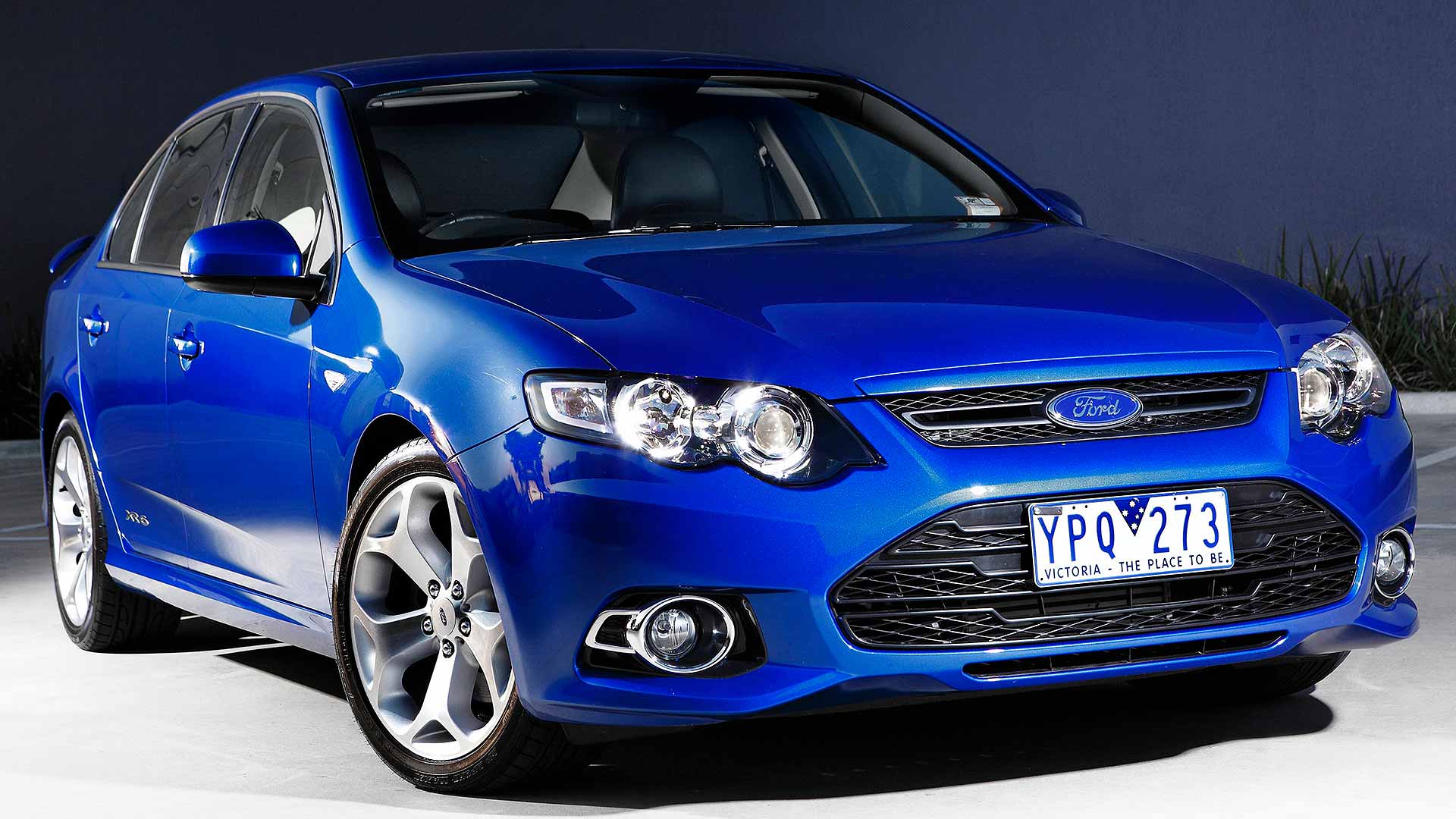
2011 Ford Falcon XR6
© FordRevisions in 2011 brought a new level of sophistication, despite the garrulous performance of the six-cylinder turbo engine. Sadly, the XR no longer exists in Australia either, with the end of the muscle car era bringing a belated close to Ford’s famous sporty brand. Finally, it’s a case of XR-gone.
Will Ford ever bring it back? Well, stranger things have happened. Here’s holding out hope for just one more 1980s revival.
Why the sporty Ford XR was so big in the 80s
If you wanted to be noticed in the 1980s, you needed a Ford XR. We look back at the hot hatches that became cult classics.
Home Why the sporty Ford XR was so big in the 80s
News
Ultra-rare MG XPower SV-R supercar is up for sale
One of only 42 examples built, this V8-engined MG XPower SV-R is a true piece of British motoring history – and you could own it.
Race and rally Ford icons head to auction this month
The Iconic Auctioneers NEC Classic sale features an array of legendary Ford performance cars, including a Sierra RS500 and a road-spec RS200.
Classic Jaguar bought by Madonna heads to auction
Pop icon Madonna has been photographed at the wheel of this Jaguar Mark X, which she purchased for her son, Rocco, to use in London.
Features
Forgotten heroes: brilliant cars that nobody remembers
These are great cars that have somehow fallen off the radar, including the Honda Accord Type R, Isuzu Piazza and Citroen GS.
Fast Fords that could break auction records
A feast of fast Fords at the Practical Classics Classic Car & Restoration Show including a £50k Sierra RS Cosworth
Remember when Volkswagen built a London taxi?
In December 2010, Volkswagen unveiled its Taxi Concept. Ten years on, here’s a brief history of VW’s black cab.
Reviews
1995 Reliant Rialto review: Retro Road Test
Join us for a special date with a three-wheeled Reliant Rialto. Is this one of the best classic cars to buy on a budget? We argue the case.
1988 Land Rover 90 review: Retro Road Test
This Land Rover 90 is an exceptionally rare special edition. But the qualities that make it great are the same for any classic Defender.
1966 Fiat 500 review: Retro Road Test
The iconic Fiat 500 got Italy moving after the Second World War and inspired today's retro remake. We tell its story – and drive one.
